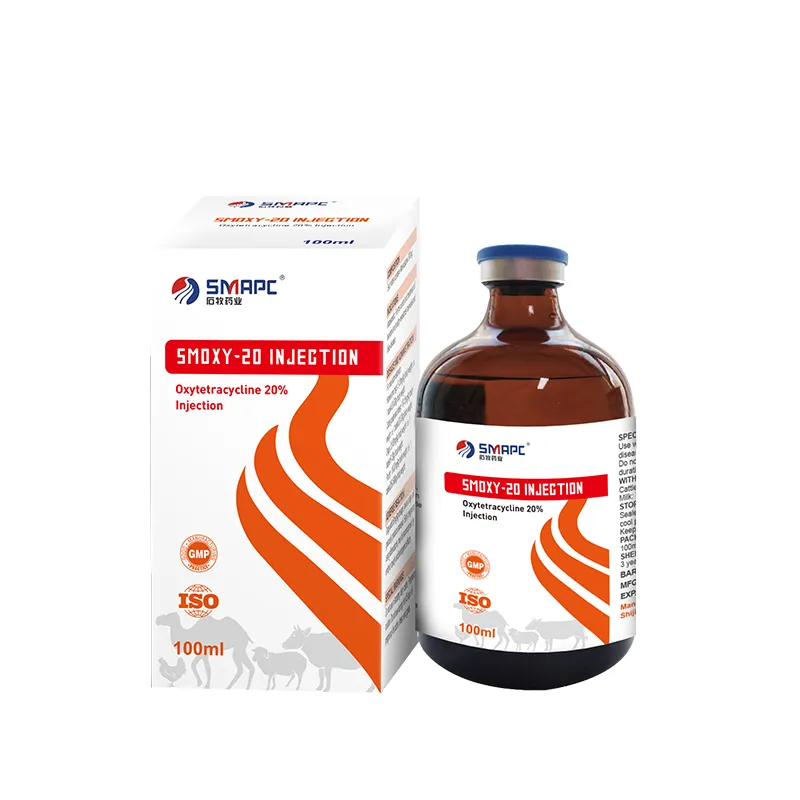Veterinarians may also recommend albendazole for treating conditions like giardiasis, which is caused by the Giardia parasite. The use of albendazole for this purpose is particularly beneficial for dogs suffering from diarrhea or weight loss associated with Giardia infection.







